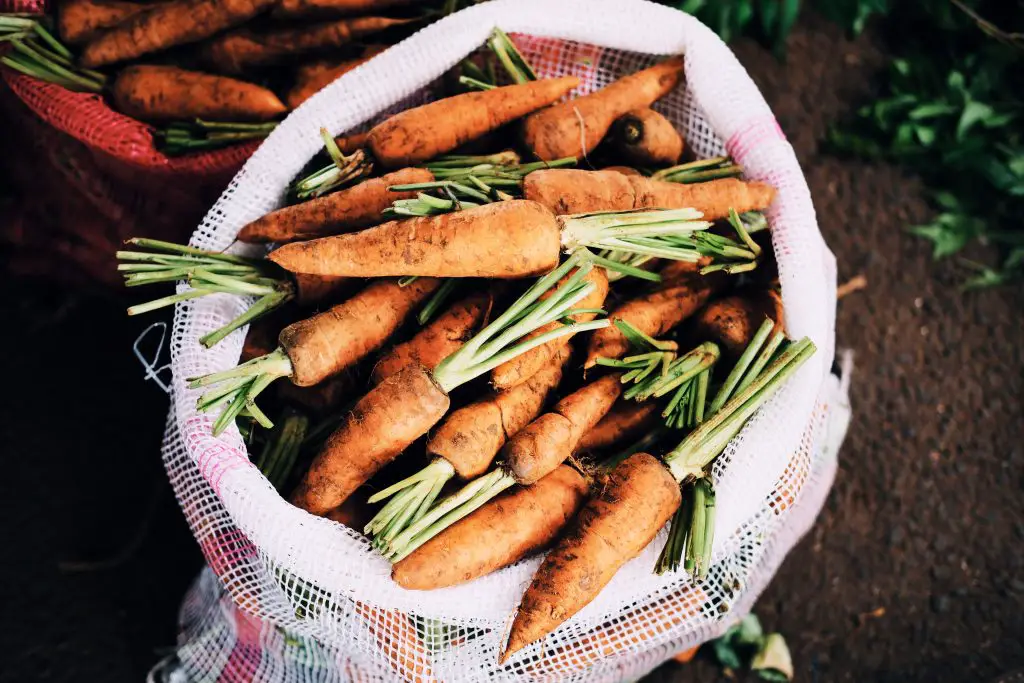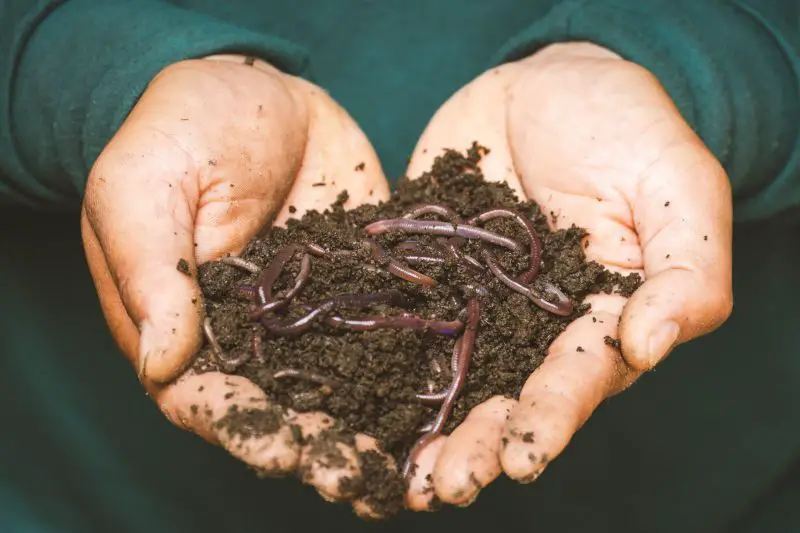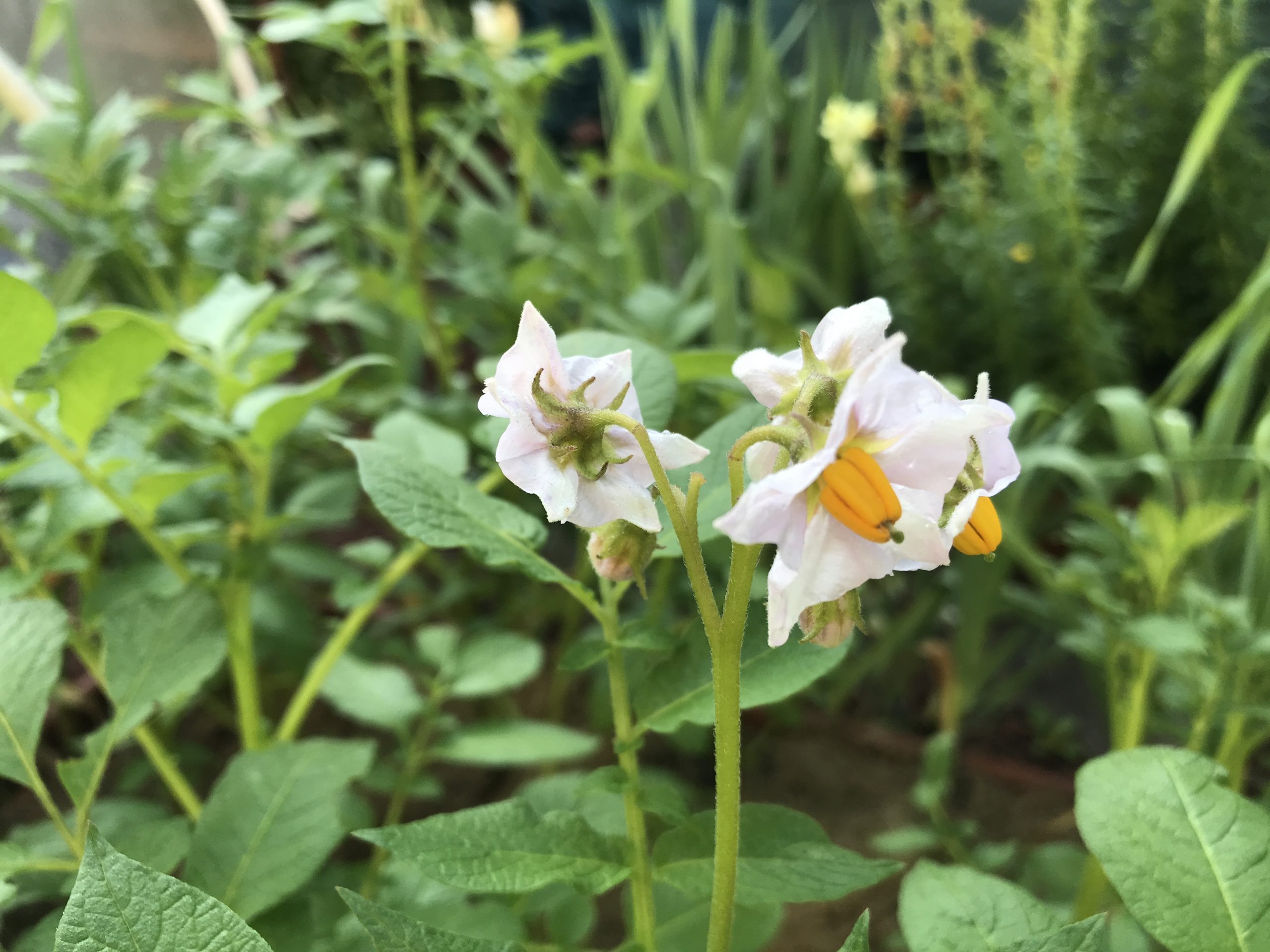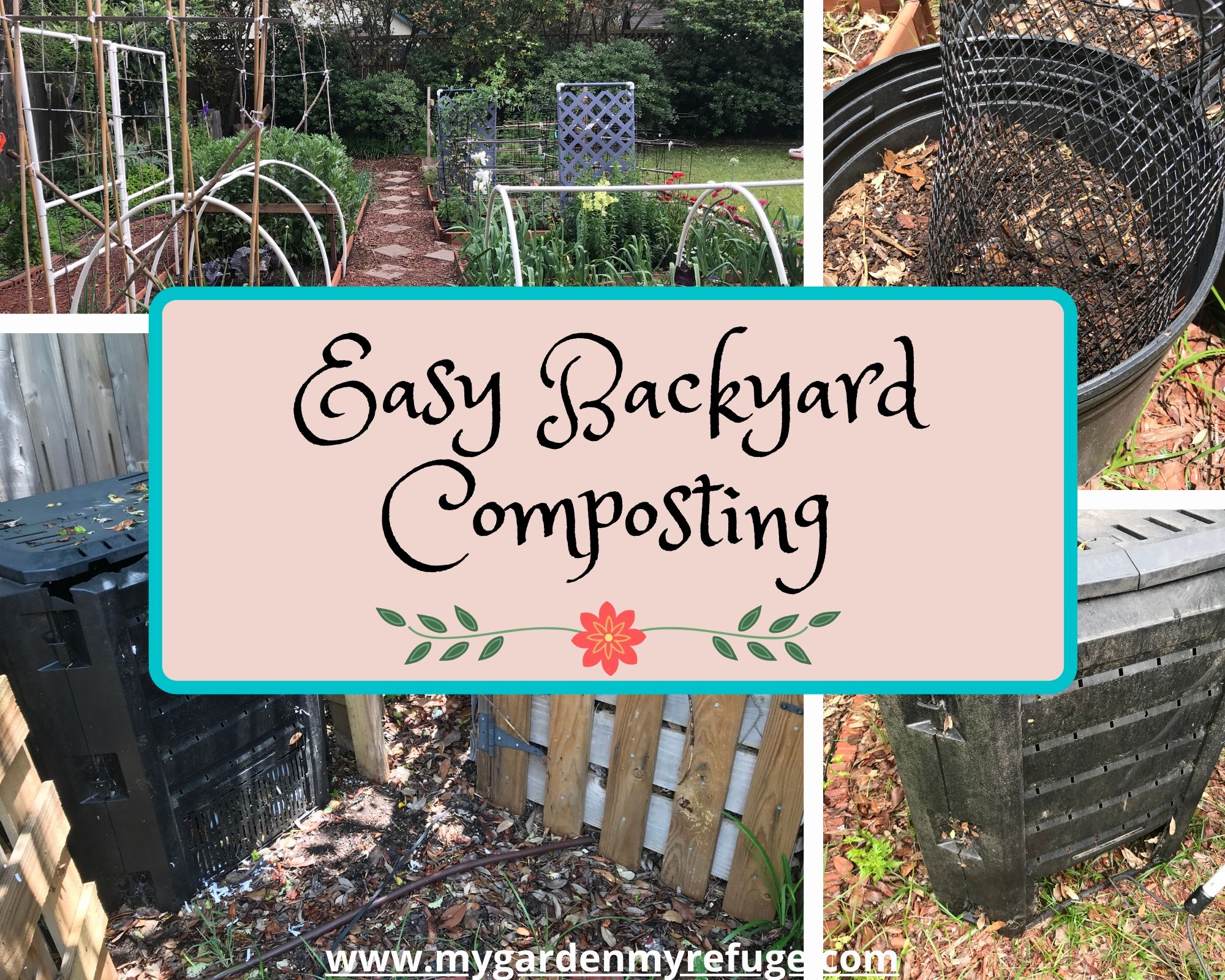The debate of using organic vs conventional growing methods never seemed to come to a final agreement. Team Organic focuses on building soil life and yield quality, while Team Conventional wants fast growth and more production. Also, the latter claims that the plant does not distinguish between salt-based and organic nutrients. So, does soil health and quality impact the nutrients in our food?
What defines healthy soil?
Soil health is defined by its ability to perform its functions sustainably. Supporting plant growth, regulating water flow and quality, and providing habitat for soil organisms are elements of a healthy soil.
Some key indicators of healthy soil, include soil organic matter content, nutrient availability, soil structure and texture, and soil pH. Organic matter is particularly important, as it improves soil structure, drainage, and water-retention capacity. It also increases nutrient availability and supports soil organisms.
Other factors that impact soil health are soil erosion, compaction, and contamination with pollutants such as heavy metals or pesticides.
As Dr. Laura Ingram advocates, restoring and maintaining soil health is important to keep it alive for generations to come. Reducing tillage, using cover crops, crop rotations, and stopping the use of synthetic fertilizers and pesticides are key.

The impact of soil health on food nutrients
Soil health is a crucial factor in determining the nutritional value of the food we eat. When soil is healthy, it contains a rich diversity of microorganisms that help break down organic matter and release nutrients into the soil. These nutrients are then absorbed by plants, providing us with the vitamins, minerals, and other nutrients we need to stay healthy.
The experiment
Research, such as “Soil Health And Nutrient Density: Preliminary Comparison of Regenerative and Conventional Farming,” conducted by Montgomery DR, Biklé A, Archuleta R, Brown P, and Jordan J. has shown that there is a direct correlation between soil health and the nutritional content of food. Crops grown in regenerative farms have been found to contain higher levels of vitamin C, iron, and other essential nutrients than crops grown in conventional ones.
The research was conducted by pairing neighboring farms in different states around the USA. The pairs would have the same soil type and exposure to the same natural elements. The difference was that one would not use pesticides, synthetic fertilizer, and no tilling, otherwise known as regenerative methods. Its sister farm would apply conventional methods, using synthetic fertilizers, pesticides, and tilling.
What was measured?
Some of the measurements taken were the amount of organic matter, the increase in topsoil, and the microdiversity within the soil. They also grew similar crops in the paired farms, such as soy, corn, sorghum, and cabbage to compare the nutrient levels.
The result
The results were promising for the regenerative farm. You may want to check out the paper for more details, but one of the results regarding nutrients was that “Cabbage grown on the regenerative California farm had :
- 46% more vitamin K
- 31% more vitamin E
- 33% more vitamin B1
- 60% more vitamin B3
- 23% more vitamin B5
- 41% more calcium
- 22% more potassium and less than a third of the sodium
- 35% more carotenoids
- 74% more phytosterols
Does hydroponic have the same effect on food nutrient
Hydroponic farming is an innovative method of growing plants without soil, using nutrient-rich water instead. This method of farming has become increasingly popular in recent years, as it offers several benefits over traditional soil-based farming.
Among the advantages of hydroponic farming is that it provides precise control over the nutrient levels of the plants. The water in which the plants grow contains the exact amount of nutrients they require to thrive. This may result in crops that are higher in certain nutrients than those grown in soil, as the plants can absorb nutrients more efficiently.
Studies do not seem to have a clear-cut decision when it comes to the nutrient quality of hydroponically-grown vegetables. It looks like different plants had different results.
One study by Treftz, 2015 showed that the ‘healthy’ antioxidant compounds (e.g., Vitamin C, tocopherol, and total polyphenolic compounds) were significantly higher in hydroponically grown strawberries compared to the soil-grown. On the other hand, raspberries showed opposite results.
Another study conducted by the University of Buenos Aires, Argentina, showed that organic soil-grown tomatoes had a higher content of vitamin C than hydroponically-grown.
Overall, while hydroponic farming is still a relatively new and innovative method of growing plants, it shows great promise when it comes to producing crops that are high in nutrients and free from harmful contaminants.

Is eating in season more important to get the most nutrients
Seasonal foods are those that are harvested at the peak of their ripeness and availability during a particular time of year. These foods are often grown locally and are available for a limited time.
When it comes to the nutritional value of seasonal foods, there are several factors to consider. First and foremost, seasonal foods are often fresher and more flavorful than out-of-season produce that has been shipped long distances. This is because they are typically grown and harvested locally, reducing the amount of time between harvest and consumption.
In addition to their superior taste, seasonal foods are often higher in certain nutrients than out-of-season produce. According to Diane Barret from the Univesity of California “Most fruits and vegetables are composed of 70-90% water and once separated from their source of nutrients undergo higher rates of respiration, resulting in moisture loss, quality and nutrient degradation, and potential microbial spoilage.” Therefore, the nutrients and sugars start breaking down, affecting the nutritional value of the food.
Furthermore, seasonal changes do affect the soil life. Certain plants require the presence of specific soil fungi to be able to absorb the necessary nutrients. However, these microorganisms’ existence depends on the environment which affects soil moisture, pH, and structure.
Conclusion
If I may be honest, working with different clients with different personalities, the ones that lean towards conventional gardening are more about faster results. They tend to be tech-oriented and are used to pushing buttons. The ones that prefer regenerative gardening focus on enjoying the experience and the quality of their yield regardless of the time it takes.
With all jokes aside, no matter what method we practice, we are all looking for better quality and better tasting food. However, we do know that our practices do affect our soil therefore affecting our food.



